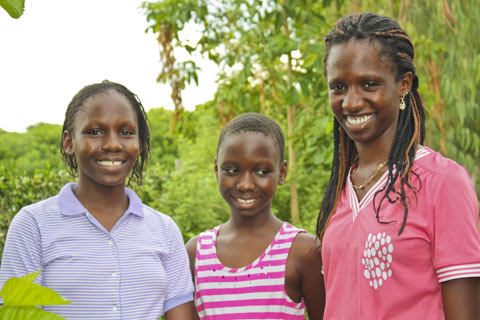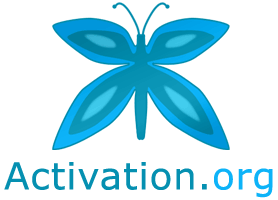Frequently asked questions
 1. What does it cost to run the programme for a year?
1. What does it cost to run the programme for a year?
The programme covers the cost of (1) school fees approx £400 per year per child (2) expenses, approx £300 per year per child (3) one full time staff manager on the ground in Kenya approx £350 per month (4) workshop costs approx £3,000 per workshop three times a year (5) monitoring expenses £1,500 three times a year = £24,700 rounded up to £25,000.
It depends on how you look at it. The costs to run the programme for a year are approx £25,000. For £25,000 per year the results are that most of the children are in University largely self-funded.
The results are capable young adults ready to work.
2. It takes a long time, 7 years is a long time to run a programme?
We get the children when they are still young - this is because there is a window of opportunity at a younger age to introduce another way of doing things. This is not an overnight fix, it is not a quick fix. We are not putting on a plaster, we are introducing the children to new ideas about the environment in a cross cultural setting. We spend a lot of time discussing corruption in Kenya and in the "first" world. It takes a long time (again, this depends on your perspective) but what we do is to produce capable young adults who are sensitised to environmental issues pressing on the world, to the best of our ability.
3. Its unfashionable, community projects are more effective?
One-on-one work with individuals became unfashionable partly because it was so difficult to get results. The old traditional model of sponsorship did not provide for any group bonding and so programmes found it difficult to even retain the children in school. The international aid community moved more towards "community development projects". For more information on these issues see the article "Individual or Community Debate".
4. Can it be replicated? If so can it be leveraged? Is it sustainable?
The model can easily be replicated for groups of 10 children in a cohort. One full time staff member could run 3 groups with 2 facilitators per group (6 other facilitators). The facilitators are present and paid only for the workshop week. The programme can be leveraged (with a small additional staff cost) to benefit 30 children where it's currently only benefitting 10.
Sustainability is a bit of a buzz word. Let's ask this question: Can it survive, does it go on surviving without Activation's input? Once the children reach University age they transist to becoming wholly financially independent. They obtain loans and get small jobs to help them meet their own costs.
5. How has the trust raised funds until now?
Activation is very grateful for the support it has from a number of private donors. We are also grateful for the monies JPMorgan raised, the continued support from Plowden-Wardlaw Solicitors and for the grant we received from the Allan and Nesta Ferguson Trust.
![]()

